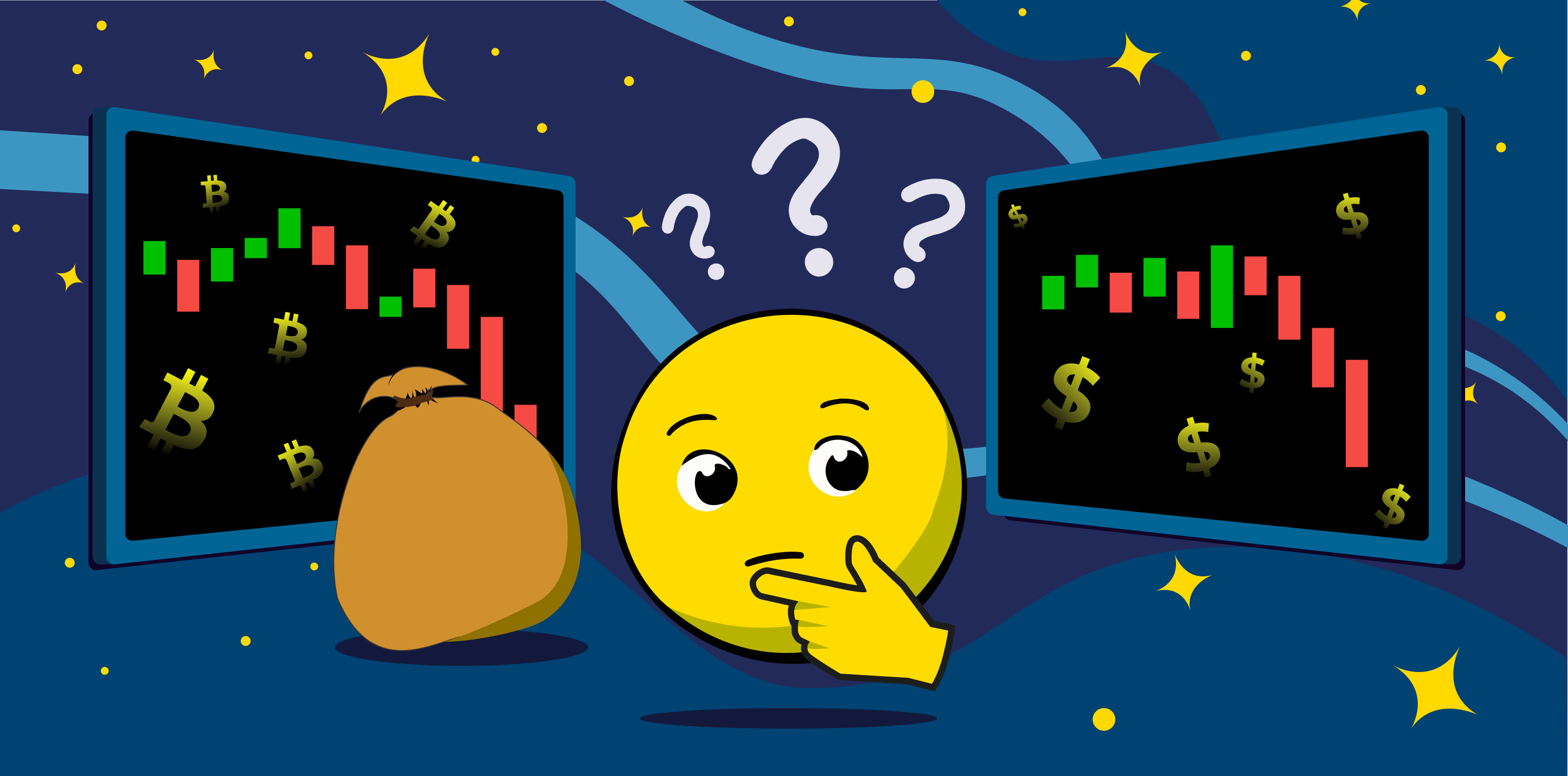
Ever since their inception in 2015 with the launch of the Ethereum blockchain, smart contracts have been expanding into new fields and areas. From the illustrious decentralized finance to the management of supply chains and railroads, there is no end in sight for the realms and domains where the smart contract tech is making a lasting change. Given this spectacular rise to prominence, it may be worth looking deeper into the nature of the technology and what makes it so important, why it revolutionizes everything, and how it is used at a most down-to-earth level. Hopefully, after reading this two-part exposition, you will be able to better see the big idea behind this truly fascinating concept.
Historical Background of Smart Contracts
The idea of smart contracts dates back to Nick Szabo, a computer scientist, and his 1994 short paper Smart Contracts. In this way, it predates not only its first distributed ledger implementation as represented by the Ethereum blockchain, but also the blockchain tech itself, and by a large margin at that. Nick Szabo is also the one responsible for coining the term. According to him, “a smart contract is a computerized transaction protocol that executes the terms of a contract”. Conceptually, smart contract design leaves no leeway for violating the contract terms once they have been agreed upon and signed off. You could achieve the same by appealing to a trusted authority who entertains the power to make the parties honor the terms of the agreement. A smart contract, however, assumes this can be done without an intermediary at all. That would greatly reduce overheads associated with third-party services such as arbitration and enforcement costs. But most importantly, you no longer need to put your business fate into someone’s hands in hopes they will always operate truthfully. In general, the terms of a contract can be any, but ordinarily, the contract execution involves moving funds from one contracting party to the other after certain conditions have been met. To illustrate this, imagine Bob and Alice making a bet. If Bob wins, Alice pays him some dough, and vice versa. A smart contract would then enforce the payment of the winnings once the outcome has been reliably established, leaving no possibility for the loser to back off. Is it possible in practice without a middleman, in this case, a casino? Moving funds around in a trustless way is what Bitcoin does. Once Bob sends Alice some monies, there is no reversal by design. Therefore, we already have the necessary foundation for the smart contract functionality. All we need to add is a programming language in which to describe the contractual terms. Then, if a contract condition is satisfied, the irreversible transfer of funds gets triggered. In a way, the emergence of a smart contract-enabled blockchain was only a matter of time after Bitcoin had arrived.
Modern Era of Smart Contracts
The first-ever blockchain that leveraged the smart contract tech was Ethereum that had started off in July 2015 after a year of active development. Other blockchain platforms featuring built-in smart contract logic were quick to follow, including general-purpose blockchains such as Tron (2017), EOS (2018), and an enterprise-grade platform Hyperledger Fabric (2016) under the Hyperledger project developed by the Linux Foundation. We should also mention the effort to bring smart contracts to Bitcoin as a second-layer solution – the Rootstock project, or RSK for short, a smart contract-enabled sidechain for Bitcoin. Usually, grasping the basic idea behind moving coins with Bitcoin and its copycats like Litecoin or Bitcoin Cash is straightforward and doesn’t require a lot of brainpower and explanation, at least as far as blockchain transactions and their confirmations are concerned. Smart contracts, on the other hand, are a different animal, and, therefore, it may be worth the effort to look into the ground rules of the smart contract tech, that is to say, how they are created, get triggered, and played out in practice, for example, on the Ethereum network. With Bitcoin, a network transaction contains the addresses of the receiving and sending parties along with the amount transferred. The same type of transaction is possible with Ethereum as well. In fact, this is how Ethers are moved around on this blockchain. However, if your transaction on the Ethereum network doesn’t have a receiver, it leads to the creation of a smart contract provided it is an otherwise valid transaction. To be valid, such a transaction must also contain a description of functions along with the variables and their initial values that the smart contract is supposed to operate on. Then, invoking a smart contract comes down to simply making a transaction to its address by calling a designated function and providing data if required. When the transaction is processed by the network, this triggers the contract execution that may lead to, for example, a transfer of funds, invoking other contracts, or even creating new smart contracts. Because a smart contract can do pretty much anything that is possible on the blockchain as such, this tech enables building sophisticated tools that allow doing amazing things like creating your own cryptocurrencies (tokens) on top of the blockchain, among many others.
To Be Continued
In the second part of this article, we are going to explore how smart contracts get used in practice and what projects in the cryptocurrency space take advantage of this technology. Given that blockchain and, by extension, smart contracts, are not just about cryptocurrencies only, we will also look into other fields of application that lie outside crypto and where smart contracts are capable of producing a valuable change. Follow us and remain in the loop!



